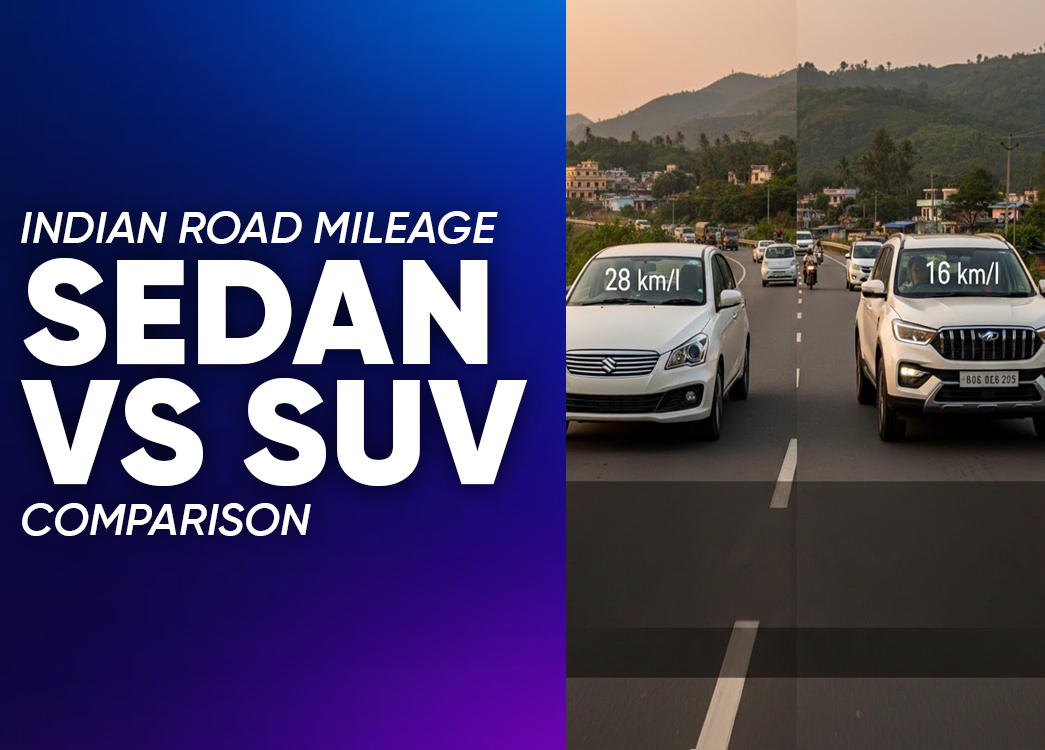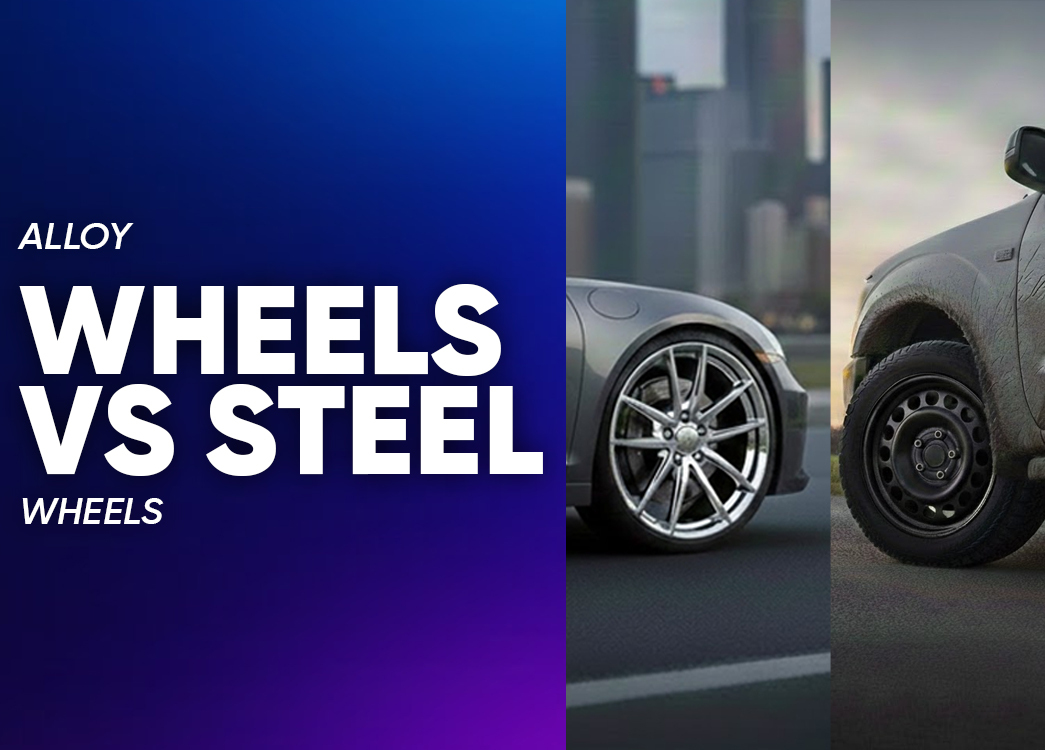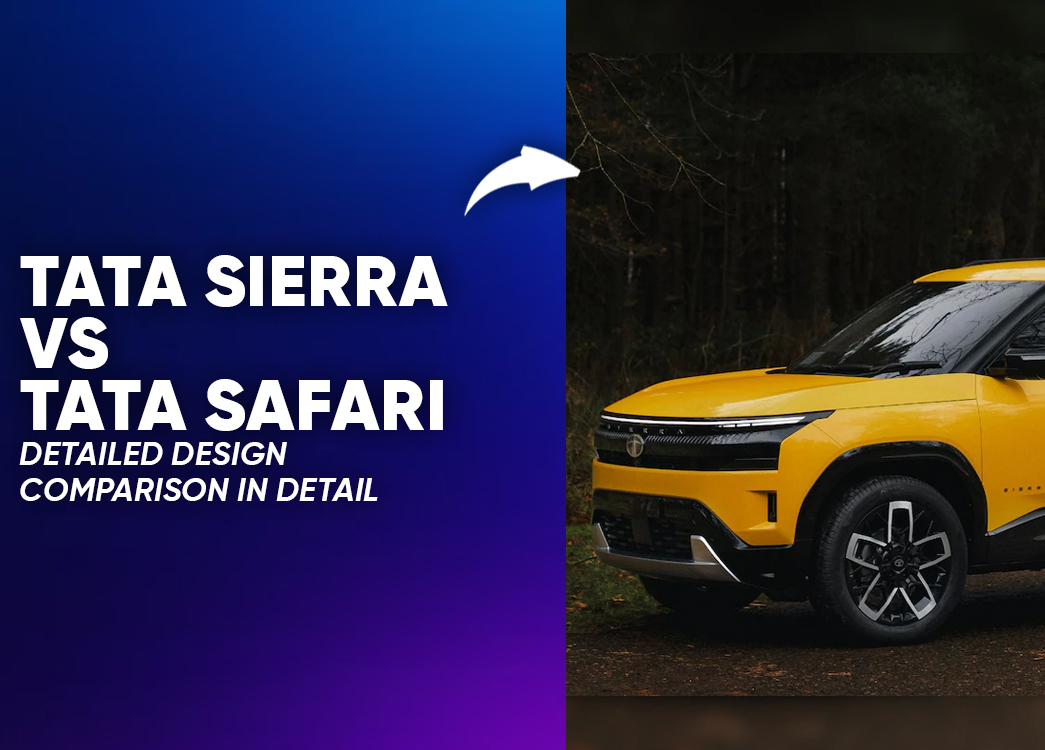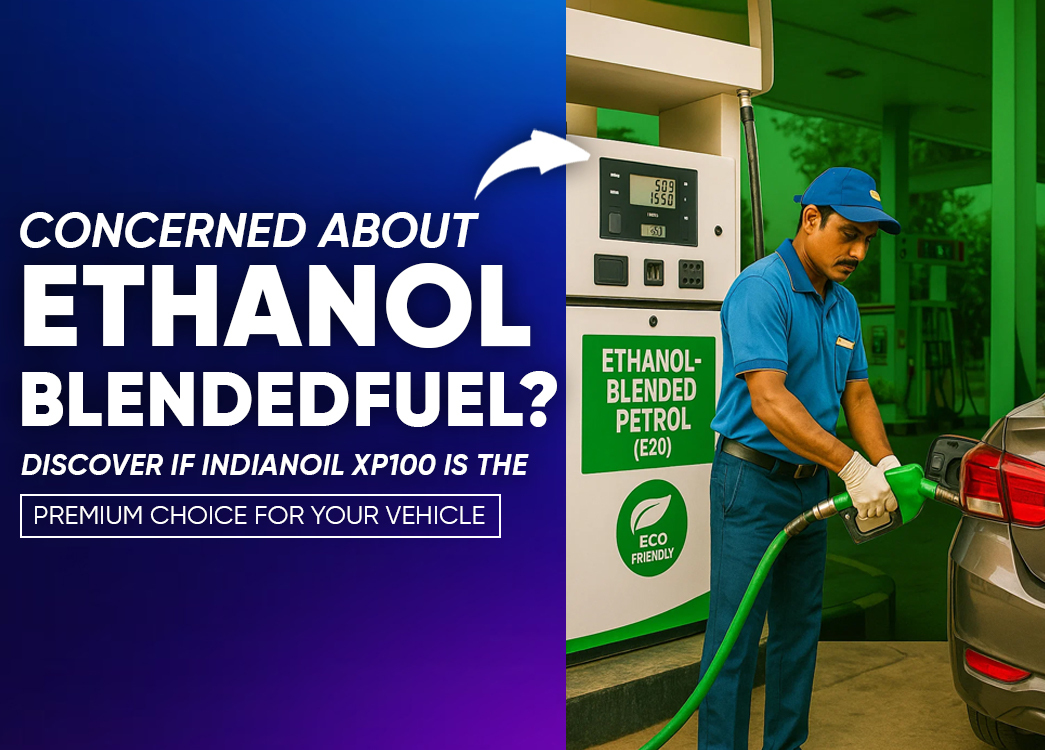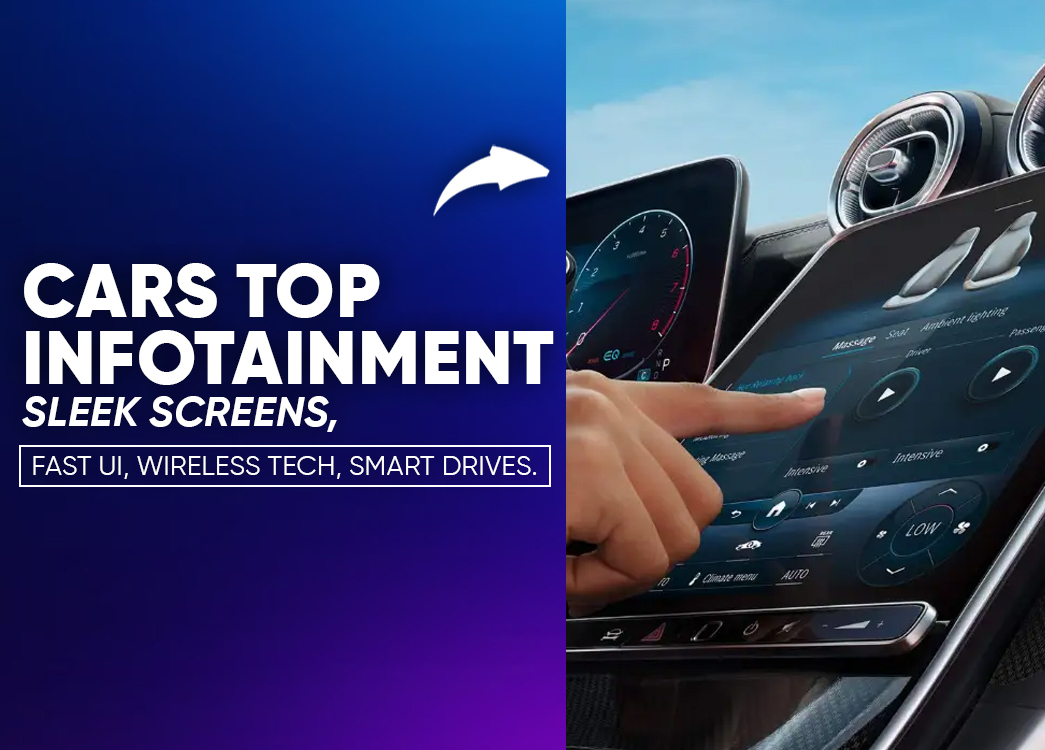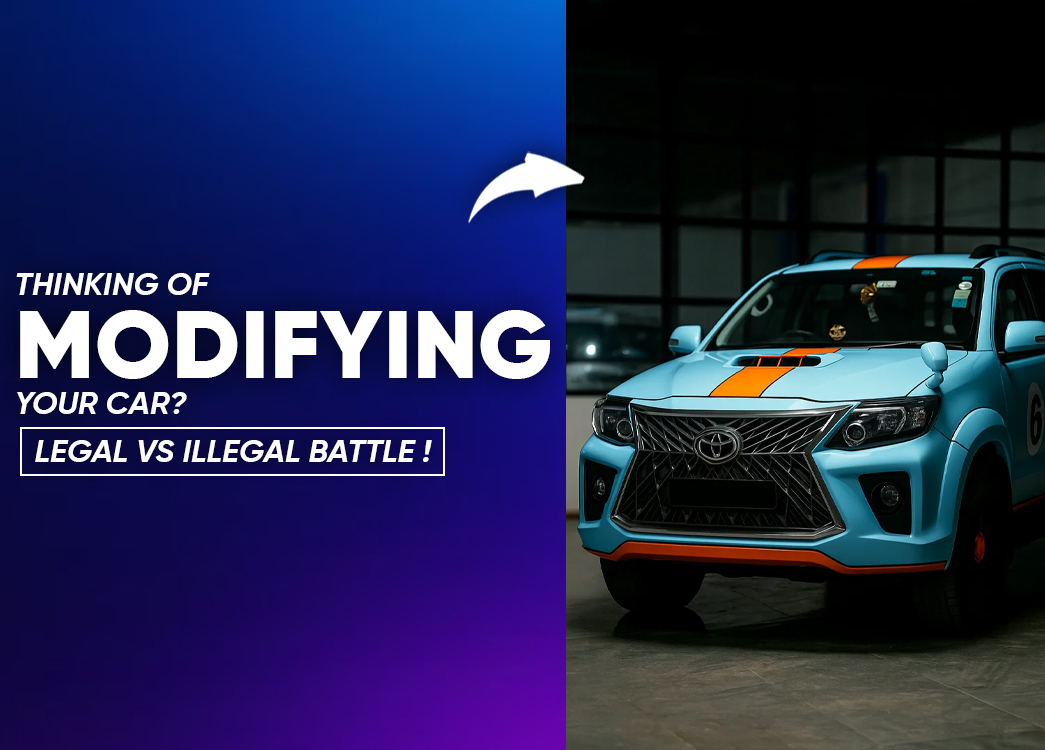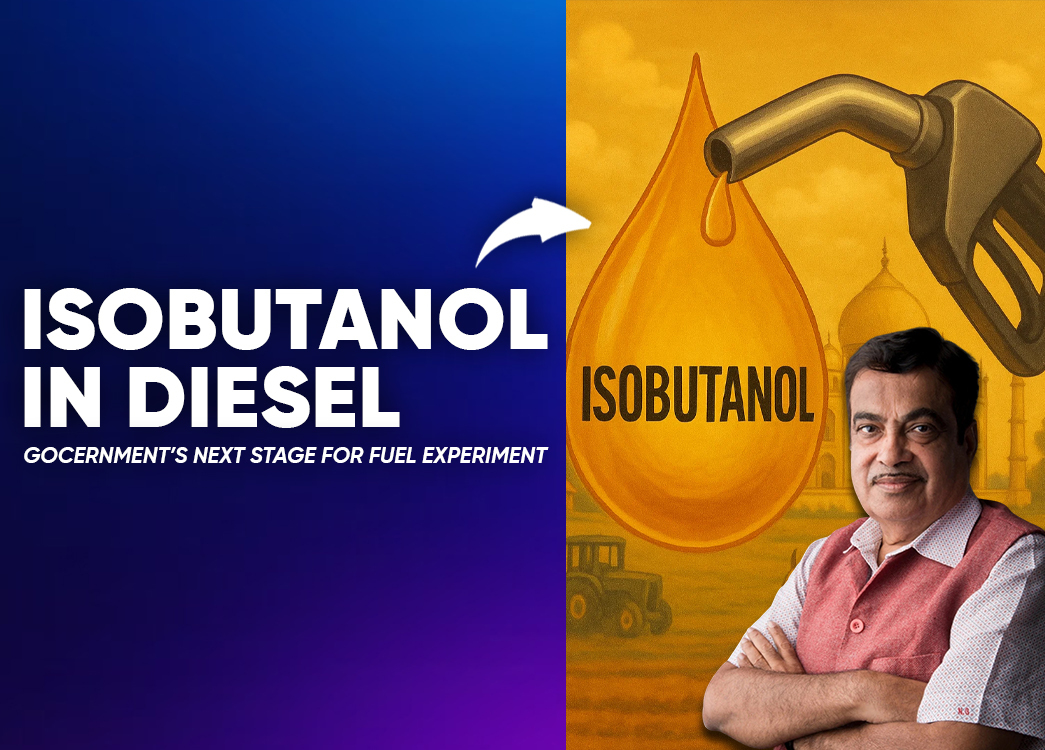
By creckk On 15-09-2025 at 1:57 pm
After E20 Petrol, Govt Eyes Isobutanol-Diesel Blending in India
Why the Govt Is Pushing Isobutanol Blending in Diesel
Union Minister Nitin Gadkari confirmed that ethanol didn’t work well with diesel, so the government is shifting its focus to isobutanol. The Automotive Research Association of India (ARAI) is testing a 10% blend to check compatibility with existing diesel engines.
Why Ethanol Blending Failed in Diesel Engines
While ethanol blending works with petrol (E20 nationwide), diesel posed bigger hurdles:
- Poor compatibility with diesel combustion systems.
- Engine performance issues during trials.
- Unreliable fuel mix quality and stability.
This forced researchers to look for alternatives, leading to isobutanol’s entry.
Why Isobutanol Could Work Better Than Ethanol in Diesel
Isobutanol, a derivative of ethanol, mixes better with diesel compared to direct ethanol blends. While minor engine modifications might be needed depending on vehicle type, it shows higher promise as a stable blend. The Bureau of Indian Standards has been tasked with setting clear specifications for its use.
Why Diesel Blending Matters More Than Petrol in India
Diesel is India’s most consumed fuel, powering trucks, buses, tractors, and industries. Its consumption is 2-3 times higher than petrol. Shifting even 10% of this to biofuel blends could significantly:
- Cut fuel import bills (currently over ₹22 lakh crore annually).
- Reduce pollution and improve air quality.
- Improve energy security and rural income at once.
How Isobutanol Blending Helps Farmers and Agriculture
The move ties directly with India’s agricultural surplus and farmer income strategy:
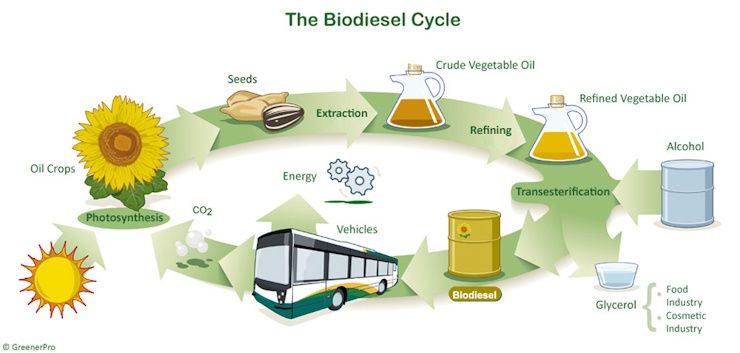
- Ethanol blending boosted demand for corn & sugarcane, helping farmers in UP & Bihar.
- Excess grains like rice, wheat, and sugar can be diverted to biofuel production.
- Sugar mills survived financial stress due to ethanol sales isobutanol could replicate that success for other industries.
Thus, blending fuels is both an energy and rural economy policy.
Challenges and Hurdles in Isobutanol Blending
Despite optimism, challenges remain:
- Technical barriers: Diesel engines may need recalibration to maintain efficiency.
- Production capacity: Scaling up isobutanol requires huge investments in plants and supply chains.
- Cost factor: If blending increases fuel costs, transporters and consumers may resist adoption.
- Automakers’ concerns: Engine warranties, performance, and durability must be assured before rollout.
FAQ:
What is isobutanol blending with diesel?
It is the process of mixing isobutanol (an alcohol used in solvents) with diesel fuel, currently being tested at a 10% ratio, to make fuel cleaner and reduce oil imports.
Why did ethanol blending fail for diesel?
Unlike petrol, diesel engines struggled with ethanol blends due to poor combustion compatibility and engine efficiency issues, making ethanol unsuitable for diesel use.
Will my diesel vehicle need modifications?
Initial trials suggest most engines can run on low-level blends without major changes, but some heavy-duty engines may require calibration for long-term use.
How will isobutanol blending benefit India?
It will lower fuel imports, cut emissions, and boost farmer incomes by creating demand for crops like corn, sugarcane, and surplus grains for biofuel production.
What challenges could stop isobutanol blending?
High production costs, need for large-scale supply chains, engine performance concerns, and resistance from automakers & fleet operators are key hurdles.
When will isobutanol-diesel blending be available to the public?
It is still in the trial phase by ARAI. Once trials succeed and standards are set by the Bureau of Indian Standards, commercial rollout will begin in phases.
Related posts
